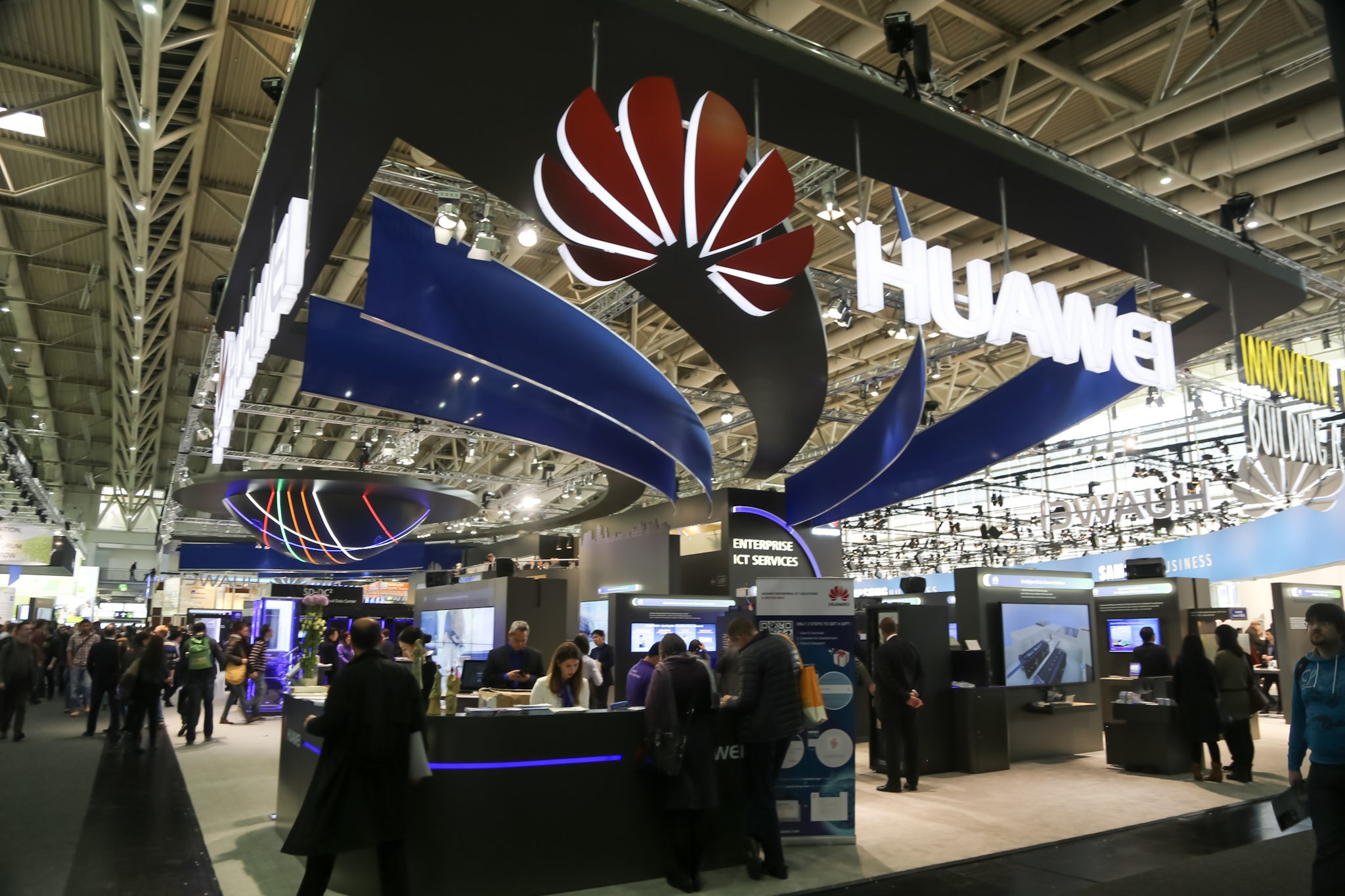For much of the past two decades, U.S. and European firms—Broadcom, Qualcomm, Cisco, HPE/Aruba—set the pace for Wi-Fi standards, merchant silicon, and enterprise WLAN. Yet in the transition to Wi-Fi 7, Huawei surged into a position of visible leadership, outpacing Western incumbents in patents, silicon integration, and product execution. This shift wasn’t an overnight coup; it was the result of a long, deliberate strategy that aligned standards participation, in-house chip design, and full-stack product deployment just as the market pivoted to a new generation of wireless technology.

Shot with Canon EOS R6 Mark III and RF45mm F1.2 STM
The first arena where Huawei pressed its advantage was in standards. Independent patent mapping revealed that Huawei had become the single largest holder of Wi-Fi 7–related patents, surpassing any individual U.S. firm. While American companies still dominate collectively by geography, Huawei’s concentrated portfolio gave it outsized influence on the IEEE 802.11be draft. By late 2024, when the draft was frozen and certification was imminent, those patents were no longer theoretical—they directly mapped onto multi-link operation, 4K-QAM modulation, and MRU scheduling, the core features that make Wi-Fi 7 transformative. U.S. and European companies remained active, but their fragmented presence meant they couldn’t match Huawei’s singular weight in shaping the feature set and royalty flows.
The second lever was silicon. Huawei’s HiSilicon unit had already shipped its Gigahome chipset family with Wi-Fi 6/6+ support, complete with integrated CPUs for advanced home networking functions. That vertical control proved invaluable. While Broadcom and Qualcomm still dominate global Wi-Fi chipset sales, Huawei could rapidly adapt its designs, lock in early Wi-Fi 7 capabilities, and price aggressively in markets like China and Southeast Asia. Even as U.S. export restrictions complicated Huawei’s access to leading-edge foundries, the company doubled down on domestic chip roadmaps, signaling continuity to customers and partners. Western vendors, by contrast, leaned heavily on merchant silicon cycles, lengthening their time-to-market when demand shifted abruptly toward Wi-Fi 7.
Finally, product execution gave Huawei the visibility that turns technical work into commercial leadership. In 2024, Dell’Oro reported that Wi-Fi 7 access points had already surged to over 10% of shipments, with Huawei gaining revenue share in that very quarter. IDC subsequently ranked Huawei as the global leader in enterprise-class Wi-Fi 7 shipments and revenue for the full year, after four consecutive quarters of growth. Simultaneously, Huawei flooded the consumer market with its BE-series Wi-Fi 7 routers, covering both high-performance and mass-market tiers. That two-pronged strategy—enterprise credibility plus consumer ubiquity—meant that Huawei defined the early narrative of Wi-Fi 7 while Western incumbents were still ramping.
For U.S. and European companies, the challenge wasn’t a collapse of technical ability but a misalignment of priorities. Broadcom, Qualcomm, and Cisco remained focused on Wi-Fi 6/6E inventories, post-pandemic backlog cleanup, and disciplined margin management. European firms lacked large-scale consumer-router champions to drive Wi-Fi 7 adoption on the same timeline. Huawei, by contrast, had a domestic market eager to move first, regulatory support for spectrum allocation, and a product pipeline built for aggressive rollouts. With Asia-Pacific leading global router growth, Huawei’s regional strength translated into global market share momentum.
Narrative also played a role. By openly championing Wi-Fi 7 as the “next step” in both enterprise and consumer roadmaps, Huawei saturated distribution channels with proof-points, availability dates, and live deployments. This confidence contrasted with more cautious messaging from Western players, who often emphasized ongoing standardization or ecosystem readiness. In a standards-driven market, timing and narrative matter almost as much as technical merit—and Huawei owned both.
The broader lesson is not that U.S. and European firms have permanently ceded leadership in wireless technology, but that execution at the seam of a new standard defines perception and momentum. Huawei’s patent density, silicon self-reliance, and aggressive router portfolio gave it first-mover status in Wi-Fi 7. Whether incumbents can claw back share during Wi-Fi 7’s mainstreaming phase—or must wait until Wi-Fi 8 to reset the race—remains to be seen. What is clear is that in this cycle, Huawei didn’t just keep pace with Western rivals; it set the terms of competition.